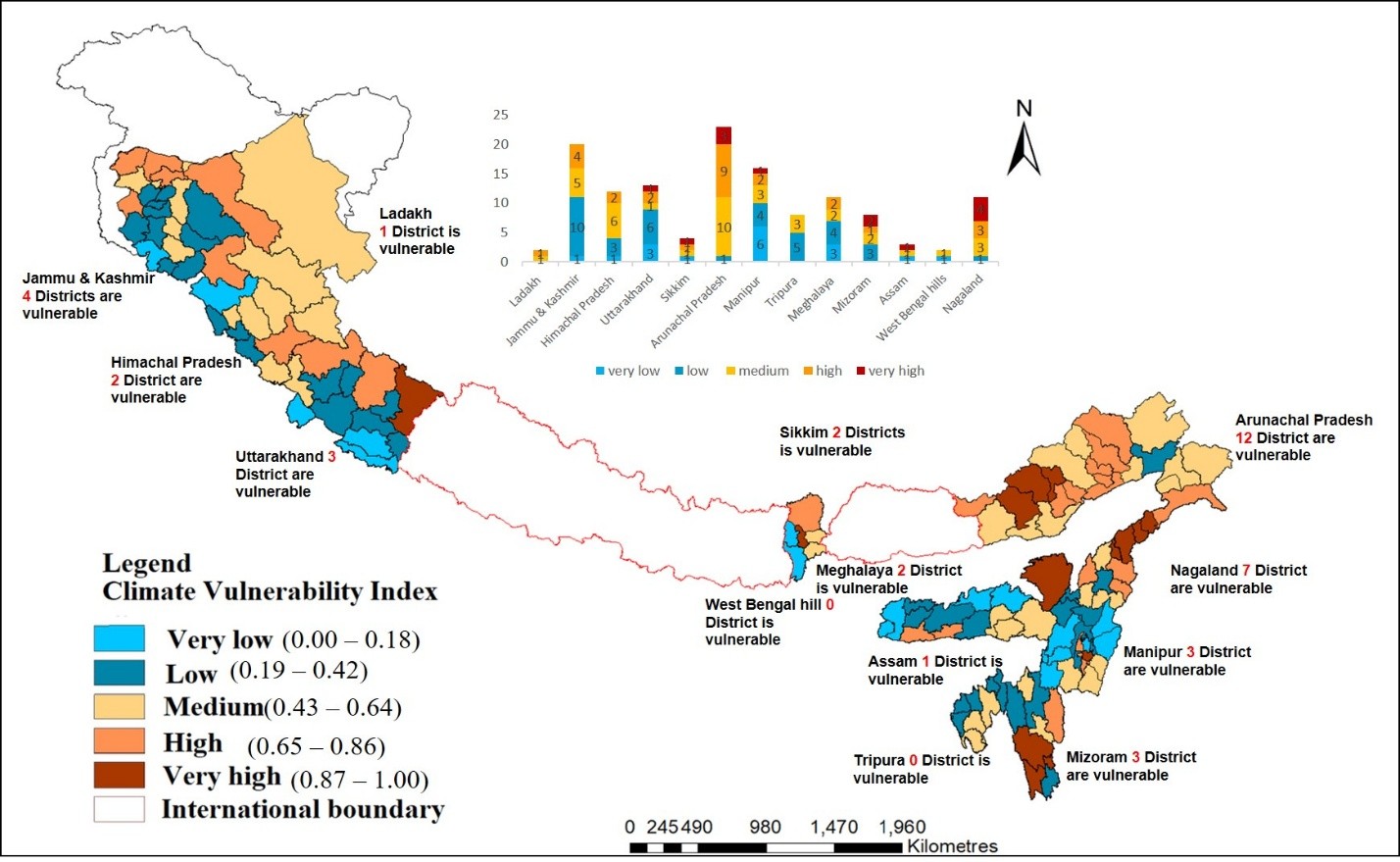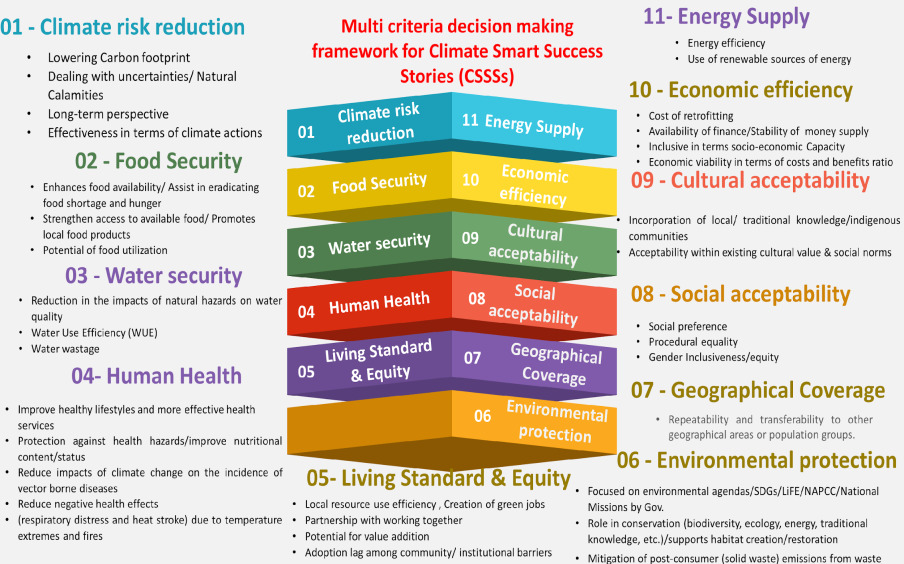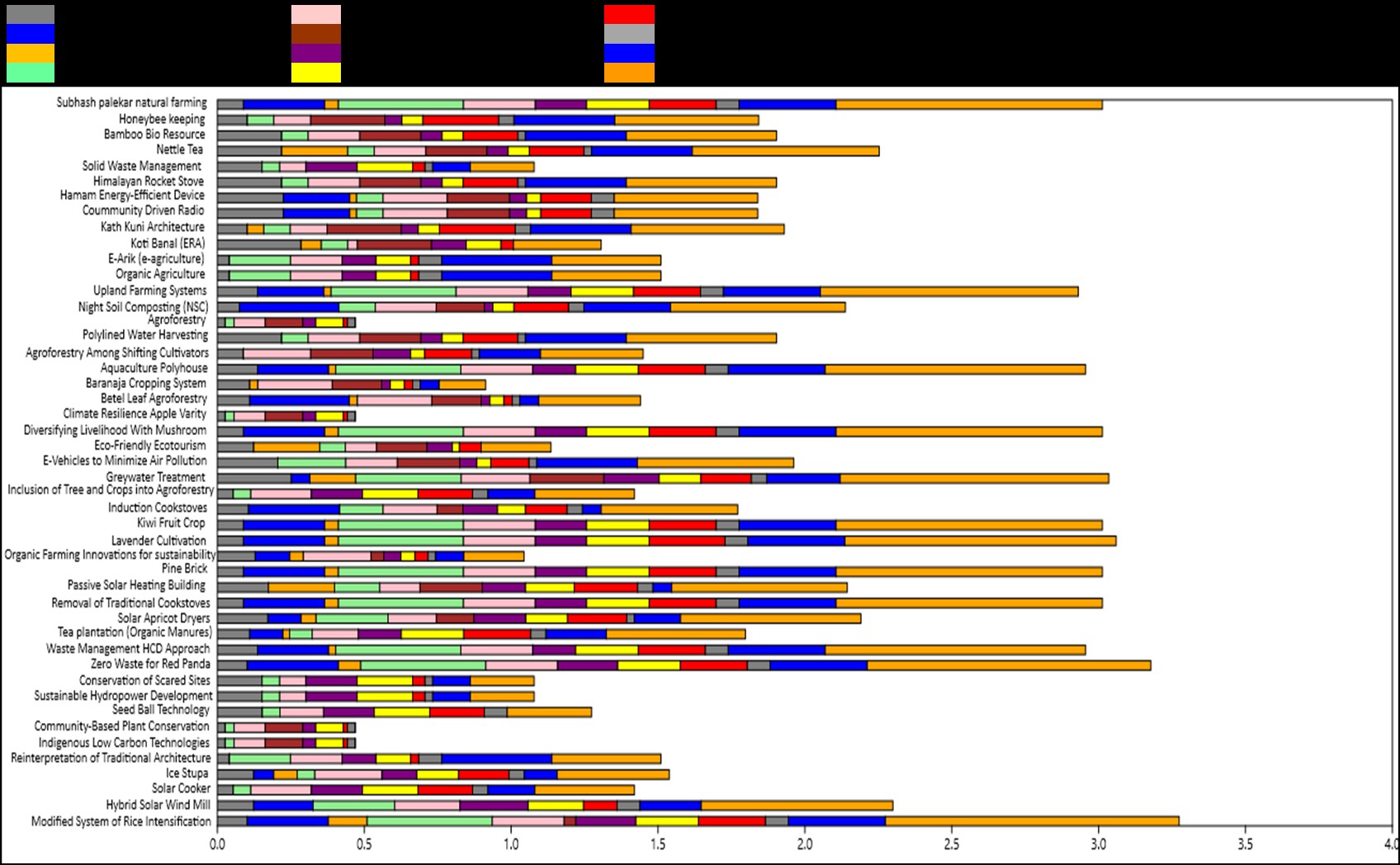Fostering Climate Smart Communities in the Indian Himalayan Region
Climate change is widely recognized as one of the most significant global concerns. However, its effects are particularly noticeable in the Himalayan region. This breathtaking landscape harbours invaluable ecosystems that furnish essential resources and services crucial for human sustenance. However, in recent decades, the Indian Himalayan region has experienced an alarming trend of accelerated warming and erratic precipitation patterns, resulting in a surge in extreme events. The impact of climate change is profoundly reshaping the dynamics of mountainous regions. Alterations in the water flow in mountain streams, shifts in agricultural practices, disruptions in socio-economic systems, and upheavals in the traditional livelihoods of indigenous groups. Mountain communities rely on natural resources for their survival due to limited livelihood options and inadequate social infrastructure. Under such conditions, these communities are more susceptible to the impacts of climate change. Thus, it is crucial to assess the vulnerability of communities to develop effective adaptation strategies in the Indian Himalayan Region. The current research endeavours to pinpoint the most vulnerable communities within theIHR region, aiming to bolster their resilience and adaptive capabilities against the onslaught of climate change.
Objective:
1. Development of climate vulnerability framework for identification of the vulnerable communitiesin IHR and their mapping.
2. Designing adaptation and resilience-building mechanism in response to climate change forfostering climate smart communities.
3. Nurturing Climate Awakened Society in the Himalaya (CASH), and formulating policy guidelines for the vulnerable communities.
Outcomes:
The climate vulnerability status of the Indian Himalayan Region (IHR) reveals a diverse range of vulnerabilities across its states. In total, 14 districts in the western region of the Indian Himalayas come under the vulnerable region, and 26 districts in the eastern Indian Himalayan regions. Exposure, Sensitivity, Adaptive capacity, Climate extreme Indices, and the Environmental Vulnerability Index (EVI) have been prepared for the 13 states and union territories for the current research work. The environmental vulnerability index of the IHR is based on 11 causative factors, including soil texture, geology, elevation, slope, Forest type, road density, population density, drainage density, and land use/land cover (LULC). The HimCares dashboard has been developed as an advanced decision support system to address the impacts of climate change and promote adaptive practices across the IHR, and Forty-seven climate adaptive practices in the IHR have been analyzed across major sectors, including agriculture, ecosystems, bio-resources, energy, human health, infrastructure, livelihoods, hazard and land management, waste management, and water resources. In total, 54 awareness and 11 training programs have been conducted across the Indian Himalayan region, consisting of approximately 2,800 participants.

Fig. 2. Multi Criteria Decision Making Framework for Climate Adaptive Stories

Fig. 2. Multi Criteria Decision Making Framework for Climate Adaptive Stories

Fig 3. Identified climate adaptive practices based on MCDM framework





